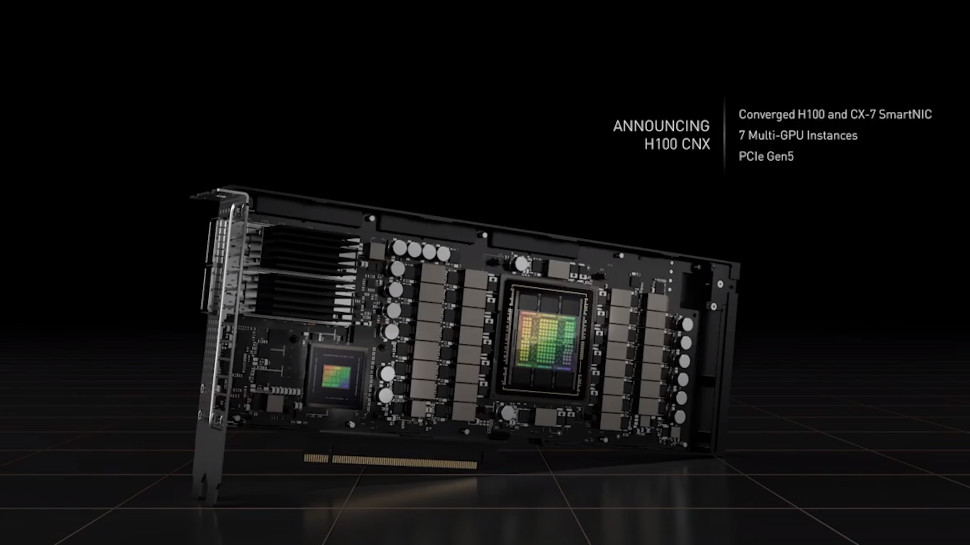Can't purchase Nvidia's hottest and fastest GPU ever? Don't panic — Fujitsu has a plan to help you use your existing GPU stock more efficiently using a simple trick
The CPU/GPU resource optimization technology cuts down program switches from seconds to just 100ms

Fujitsu is hoping to bridge the gap between the extraordinary demand for the best GPUs for AI workloads and supply by creating a technology that lets both CPUs and GPUs service workloads in parallel.
The resource optimization technology, heralded by the company as a world-first, can see high-performance computing (HPC) systems run multiple programs more effectively. It does this by tapping into the computational power of the CPU alongside the existing GPUs that may be fitted, in a real-time switching mechanism.
The system can automatically allocate the right components for the right job, and switch between them as needed on-demand. This technology means systems will be better equipped to handle applications such as digital twins or generative AI.
Ditching unicast for broadcast communication
The conventional control method leans on unicast communication – which switches the execution of programs between servers one by one. Because there are variations in the time it takes to switch, it’s difficult to perform batch switching in real-time.
But Fujitsu’s technology relies on broadcast communication. This means cutting the interval between processing program switches from a few seconds to just 100ms.
If three programs run on a system with one CPU and two GPUs, the technology assigns the first two programs to the GPUs. Then, when the third program begins running, the system may redirect the first GPU to this instead.
In response, the system assigns that first program to the CPU until the second program is finished, and the GPU running that workload then switches its focus to the first program, relieving the CPU of its duties.
Sign up to the TechRadar Pro newsletter to get all the top news, opinion, features and guidance your business needs to succeed!
Fujitsu will offer this technology as part of a future computer workload broker, which is a software initiative it’s currently developing. This allows AI to automatically calculate and allocate resources based on customers’ requirements – including computation time, computation accuracy, and cost.
In the future, the firm will use its resource optimization technology for processing that requires GPUs for its AI platform, codenamed Fujitsu Kozuchi. It’ll also use it in its 40-qubit quantum computer simulator.
More from TechRadar Pro
- These are the best GPUs out there
- We've rounded up the fastest CPUs on the planet
- Why not try one of the best AI tools today

Keumars Afifi-Sabet is the Technology Editor for Live Science. He has written for a variety of publications including ITPro, The Week Digital and ComputerActive. He has worked as a technology journalist for more than five years, having previously held the role of features editor with ITPro. In his previous role, he oversaw the commissioning and publishing of long form in areas including AI, cyber security, cloud computing and digital transformation.